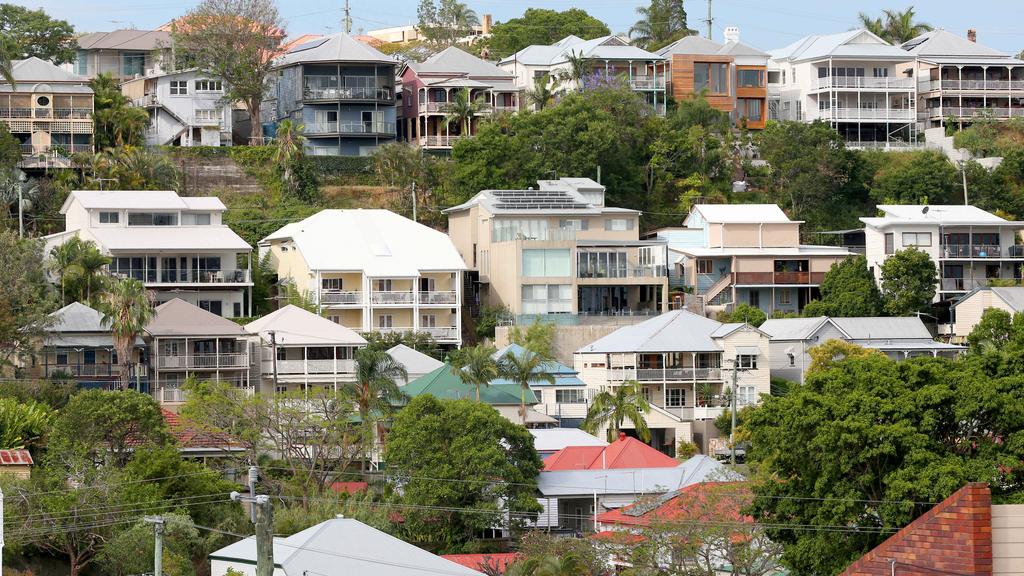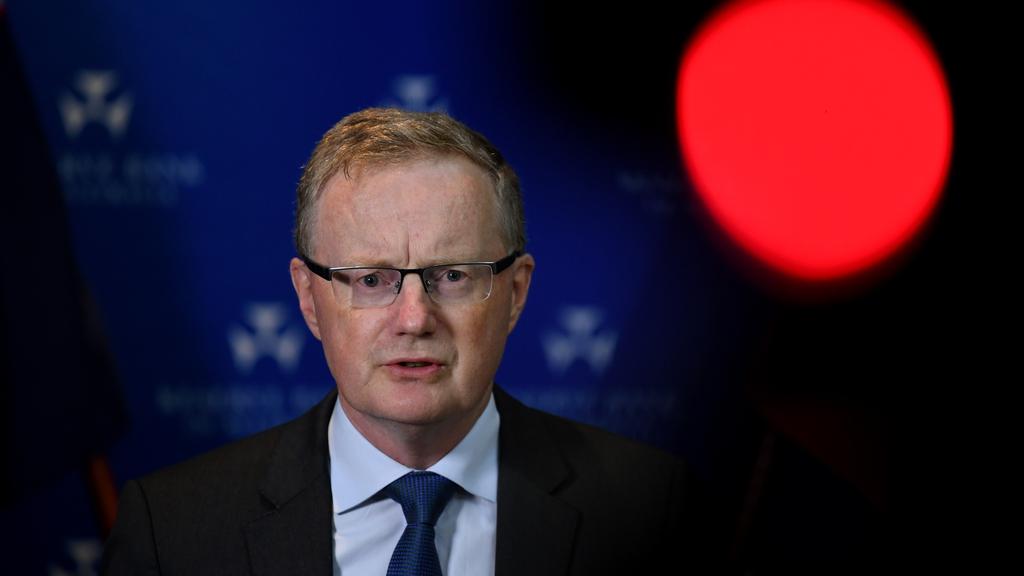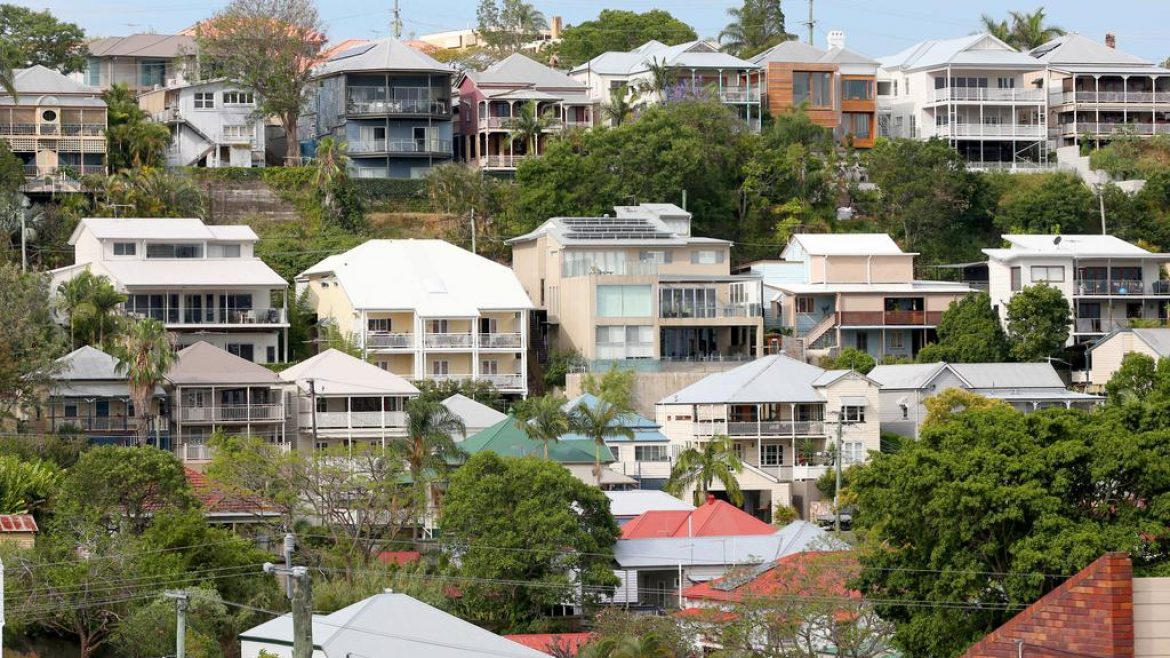
Homeowners who refused to refinance were losing thousands in extra interest payments according to experts. Picture: Richard Walker
It’s taken the coronavirus pandemic to do it, but just under half of mortgage holders – who lose thousands in “loyalty tax” on expensive home loans – are now ready to kick their financier to the kerb to capitalise on record low rates.
MORE:
Instant property mogul: 10 homes for just over $3m
‘Ramshackle’ QLD reno named Australian House of the Year
The Caribbean meets Gold Coast glamour
Experts are predicting that interest rates on mortgages will continue to fall despite the Reserve Bank of Australia today deciding to ignore the market, holding its cash rate target at 0.25 per cent.
The market had predicted that the RBA board would cut the official cash rate to zero at its August 4 meeting on Tuesday.

Governor of the Reserve Bank of Australia Phillip Lowe has defied market predictions that the official cash rate would drop to 0.00 per cent.
“The ASX 30 Day Interbank Cash Rate Futures August 2020 contract was trading at 99.875, indicating a 57 per cent expectation of an interest rate decrease to 0.00 per cent at the next RBA Board meeting,” according to the ASX RBA Rate Indicator – August 2020.
But as COVID-19 takes its toll and mortgage rates hit record lows, many borrowers who have also been sitting on their hands can’t justify inaction any more.
RateCity.com.au research found that the percentage of people keen to refinance had doubled in just two years, jumping from 19 per cent after the banking royal commission in 2018 to 43 per cent now.
It warned that owner-occupiers were wasting thousands of dollars on high mortgage costs, paying over 1 percentage point more than they needed to.
RateCity research director Sally Tindall said “the loyalty tax gets worse the longer you stick with your bank”.
“It’s taken a pandemic to get people to shift their mindset, but hopefully we’ll come out of it more budget-conscious and less complacent towards our mortgages,” she said. “People won’t just tolerate overpaying anymore.”
If they switched to the lowest ongoing variable rate, they could save $2,805 in the first year, the research found, with the figure rising to $19,235 over five years including switching costs, on a typical $400,000 owner-occupier loan. The calculation was based on an owner-occupier who switched five years into a 30-year loan.

Experts say market rates will continue to drop despite the RBA not moving on the official cash rate target. Picture: NCA NewsWire/Jeremy Piper.
“The latest figures from the ABS for May showed refinancing increased 63 per cent compared to last year, and our research suggests it is not losing steam.”
“The best way you can get a rate cut is to turn yourself into a new customer and switch. If you aren’t in a position to refinance, pick up the phone and try some old-fashioned haggling with your bank.”
According to Canstar’s database, there were 64 cuts to variable home loan rates and 201 cuts to fixed rates in July alone. “Variable rates were cut by an average of -0.19 per cent while fixed rates were cut by an average of -0.24 per cent.”
Tips from Canstar to manage your personal finances:
Home loan repayment strain:
Switch to a lower rate if you can right now and pour any savings into your offset account to help reduce the interest burden.
Savings goal:
Switch to a higher earning savings account and play the rate game of chasing a better promotional offer every three or four months.
Credit card debt:
Look at a balance transfer offer and get the debt down during the interest-free period, but don’t add more debt along the way.
Source: www.canstar.com.au.
Canstar home loan expert, Steve Mickenbecker, said “now is the time for borrowers to be in budget repair mode”.
“You don’t have to be alarmist to see now as the time to look for massive loan repayment savings, while you can. Anyone with a mortgage who has been fortunate enough to avoid any impact to their income during the pandemic could be right for refinancing to save more on their monthly repayments. The door to refinance could still be open for borrowers who have seen their income reduced as long as they are making their regular loan repayments.”
FOLLOW SOPHIE FOSTER ON FACEBOOK
The post ‘It’s taken a pandemic’ but 43pc ready to ditch home loans now appeared first on realestate.com.au.

